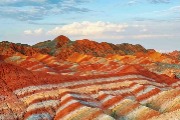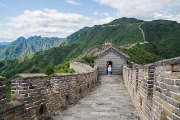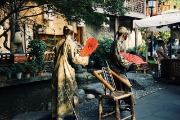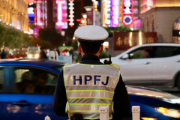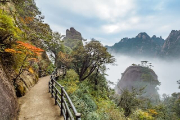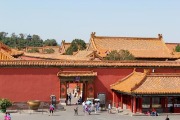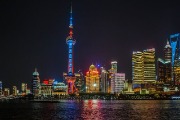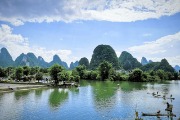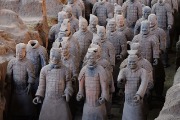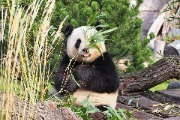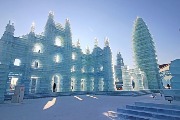Wudang Mountain
It is a mountain that combines both Chinese Taoist culture and Tai Chi culture.
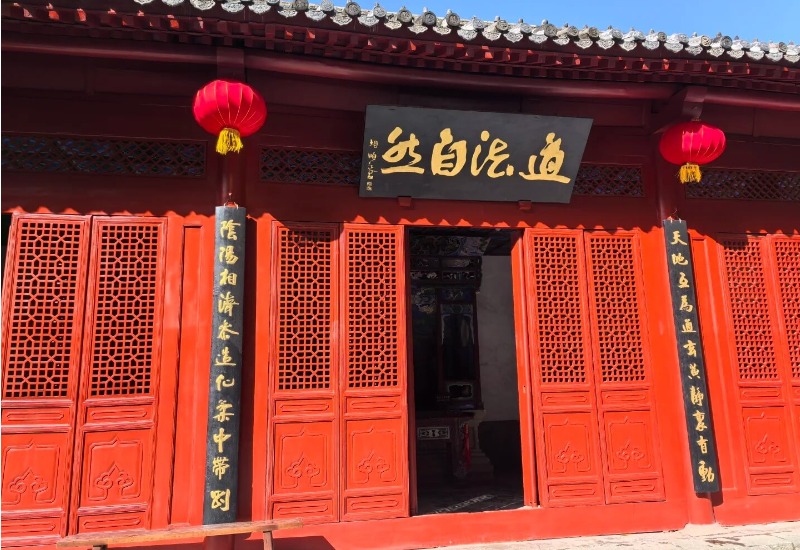
Wudang Mountain is one of China’s most famous Taoist holy sites. It’s also the birthplace of Wudang Kung Fu. Zhang Sanfeng, the founder of the Wudang sect, created Wudang Tai Chi here. In this guide, we’ll take you through the main spots you’ll see while hiking up the mountain, plus other fun experiences like Taoist meditation, learning Wudang Kung Fu, tasting Wudang tea, and watching performances. At the end, we’ll also include some FAQs and ticket info about China Wudang Mountain.
Table of Contents
Main Attractions of Wudang Mountain
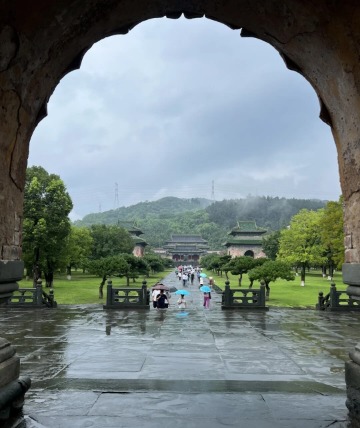
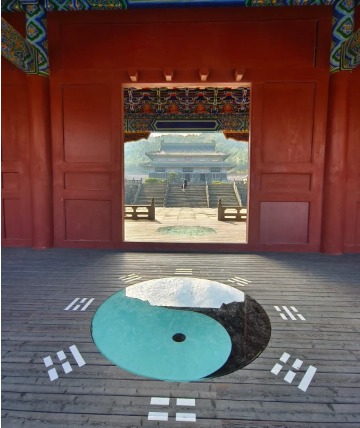
Yuxu Palace (玉虚宫)
Yuxu Palace is located at the foot of China Wudang Mountain and was first built in 1413. It’s a key site for Taoist activities on the mountain, dedicated to deities like the Zhenwu Emperor. Pilgrims come here for worship, prayers, and other religious practices.
Who is the Zhenwu Emperor? The Zhenwu Emperor is the northern god in Chinese mythology and the main deity of Hubei Wudang Mountain. His main role is to protect the people of northern China and is considered the supreme guardian of the northern heavenly realm. In Taoist belief, people from the north often pray to the Zhenwu Emperor for protection, to ward off evil, and to ensure peace and safety.
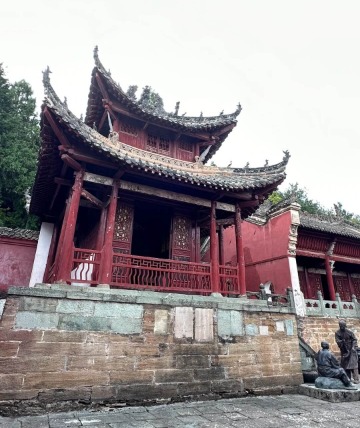
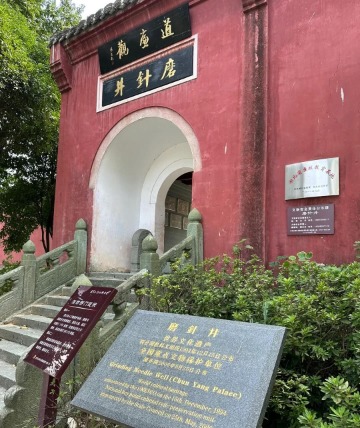
Grinding Needle Well (磨针井)
After visiting Yuxu Palace, you’ll start your hike up Wudang Mountain. The first stop is the Grinding Needle Well, which is tied to a classic Chinese story.
The story is about a prince who came to Wudang Mountain to practice Taoism. However, he lacked determination and wanted to give up. On his way down the mountain, he passed by a well where an old woman was grinding an iron rod. The prince asked her, “What are you doing with this iron rod?” The old woman replied, “I’m grinding it into a needle.” The prince was shocked and said, “That’s impossible! It’s way too hard!” The woman calmly answered, “As long as you keep at it, one day it will become a needle.”
The prince was suddenly enlightened. He regained his determination, turned around, and returned to continue his practice. Eventually, he succeeded and became an immortal. Over time, people came to call this place the “Grinding Needle Well.”
Though grinding an iron rod into a needle might seem impossible or foolish, the story actually teaches us an important lesson: anything can be achieved, whether by grinding or other methods, as long as you have the courage to dream and take action.
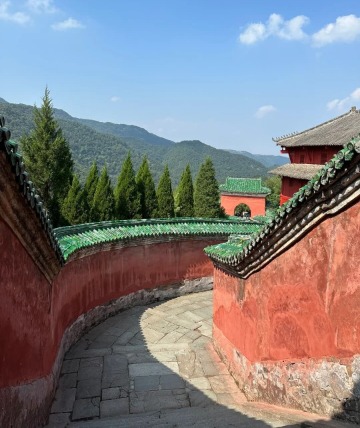
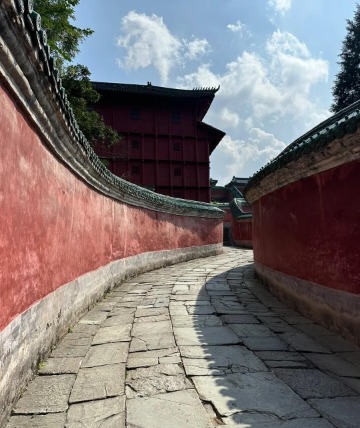
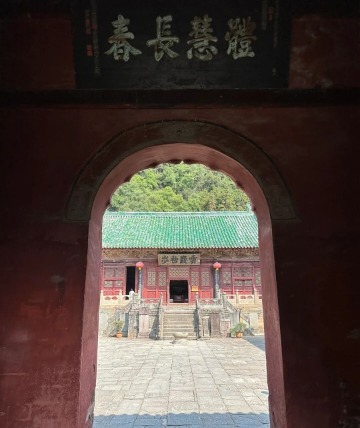
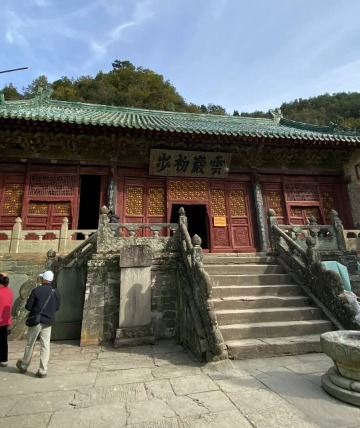
Taizi Slope (太子坡)
The next stop after the Grinding Needle Well is Taizi Slope, the largest and most complete Taoist temple complex on China Wudang Mountain. According to legend, the Zhenwu Emperor spent 42 years here practicing Taoism and eventually became an immortal.
The architecture here is stunning, especially the S-shaped walls, which are beautifully arranged and perfect for photos. It’s a great spot to capture some memorable shots of both the scenery and the intricate design.
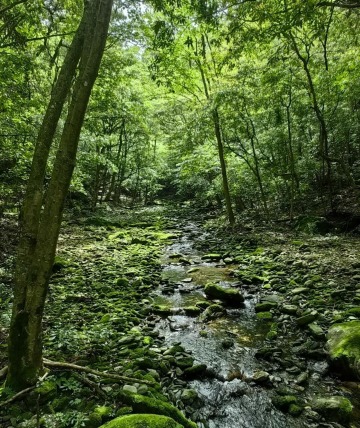
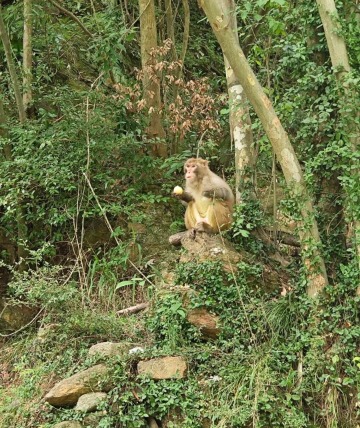
Xiaoyao Valley (逍遥谷)
After Taizi Slope, you’ll reach Xiaoyao Valley, also known as Monkey Valley because of the many monkeys that roam around here. You can take a leisurely walk along the stream, enjoy watching the fish swim, and breathe in the fresh mountain air. It’s also a great place to interact with the monkeys—feed them, take photos, and enjoy the playful atmosphere.
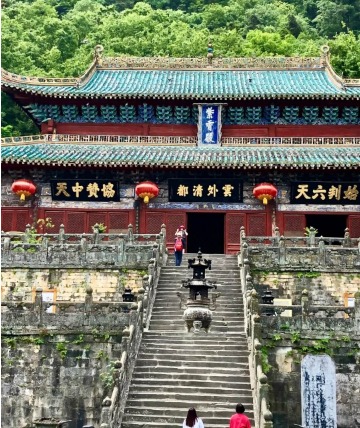
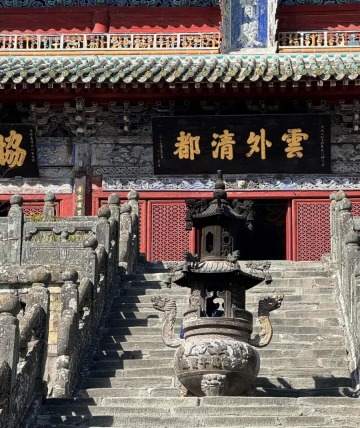
Zixiao Palace (紫霄宫)
Zixiao Palace is the heart of Taoist activities on China Wudang Mountain. It’s dedicated to the Zhenwu Emperor and is the only place where large Taoist ceremonies are held. Here, you can enjoy regular Taoist music performances and scripture readings, with the soothing sounds creating a peaceful and purifying atmosphere.
In addition, Zixiao Palace offers delicious vegetarian meals, light and full of Zen, making it the perfect spot to experience Hubei Wudang Mountain’s vegetarian culture.
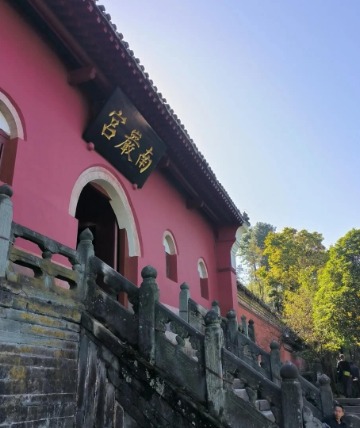
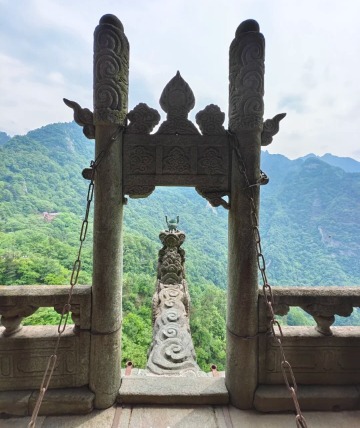
Nanyan Palace (南岩宫)
After visiting Zixiao Palace, the next stop is Nanyan Palace. Here, you’ll find the largest stone hall still standing on Mt Wudang, as well as the famous Dragon Head Incense, known as “China’s First Incense.”
In ancient China, Taoist followers would risk climbing onto the dragon’s back to offer incense and pray for blessings. However, due to the danger, this practice is no longer allowed today.
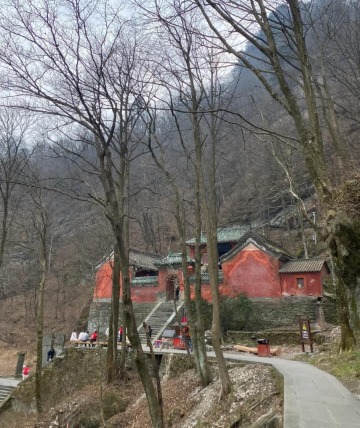
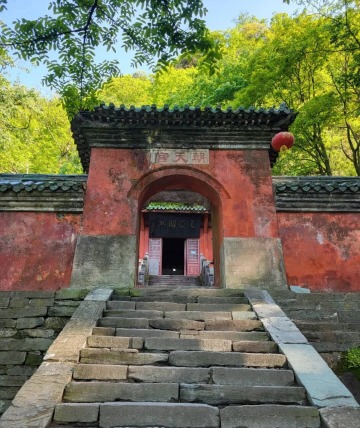
Chaotian Palace (朝天宫)
Chaotian Palace is located at the base of the staircase leading up to the Golden Summit of China Wudang Mountain. Inside the palace, you’ll find statues of the Jade Emperor and the Zhenwu Emperor.
In the courtyard, there’s a crystal-clear spring, which legend says was transformed from the healing elixir the Zhenwu Emperor used to cure others. The water is sweet and refreshing, drawing many visitors who come to taste it.
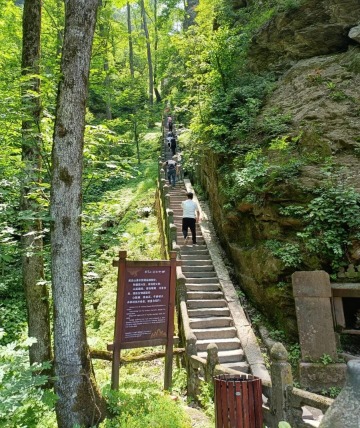
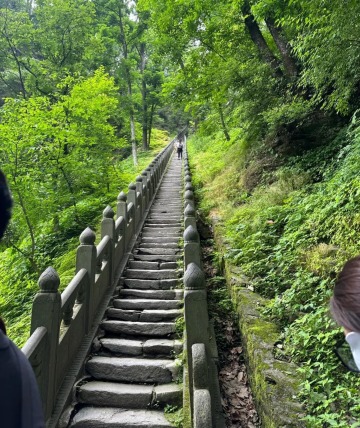
Ming Shen Dao (明神道)
After visiting Chaotian Palace, you can hike along Ming Shen Dao toward the Golden Summit of Mount Wudang. Ming Shen Dao was built by the Ming Dynasty (1368–1644) emperor Zhu Di and stretches 4.5 kilometers. This isn’t just a physical journey; it’s a spiritual pilgrimage.
From the moment you step onto Ming Shen Dao, you’ll feel the solemnity and mystery of Taoist cosmology. Along the path, you’ll pass a series of ancient structures, including the First, Second, and Third Heaven Gates, the Immortal Bridge, and the Pilgrimage Gate.
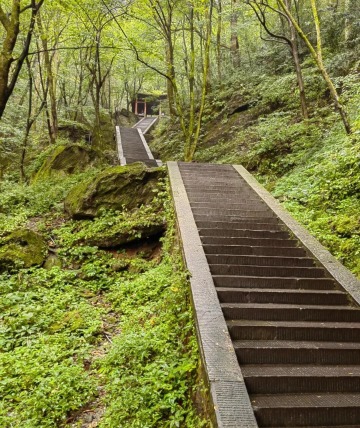
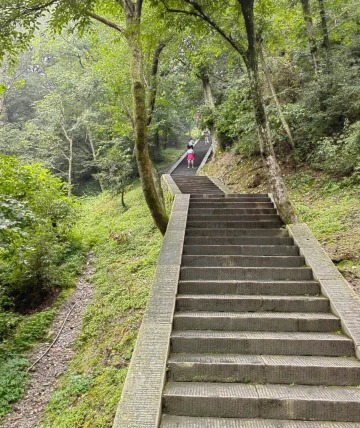
Qing Shen Dao (清神道)
Compared to Ming Shen Dao, Qing Shen Dao is a bit more challenging, but it also leads to the Golden Summit of Mt Wudang. While Ming Shen Dao is easier and more suitable for families and older visitors, Qing Shen Dao offers more natural scenery and is perfect for outdoor adventurers and hikers.
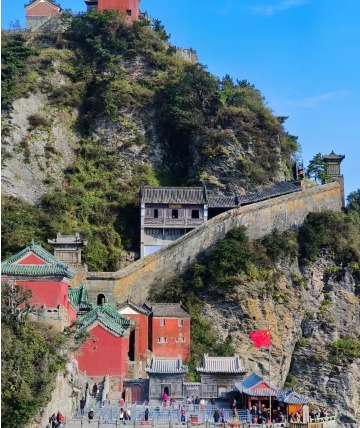
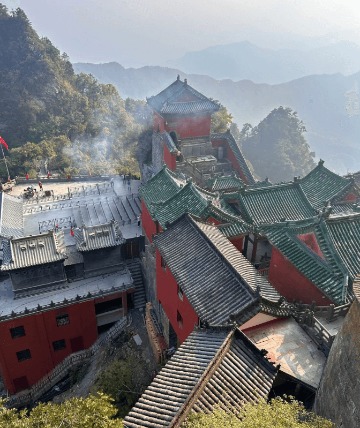
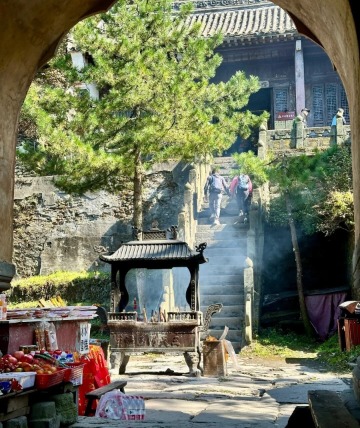
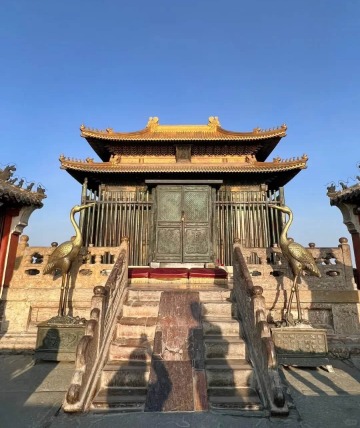
Golden Summit (金顶)
The Golden Summit is the highest peak of China Wudang Mountain, named for the golden palace that sits at its top. It’s a sacred site for Taoism, drawing many pilgrims every day. You can walk around the palace, soaking in its majesty and spiritual significance.
From the Golden Summit, you’ll also get a breathtaking view of the surrounding mountains. It’s the perfect spot to watch the sunrise, sunset, and the sea of clouds.
Activities on Wudang Mountains
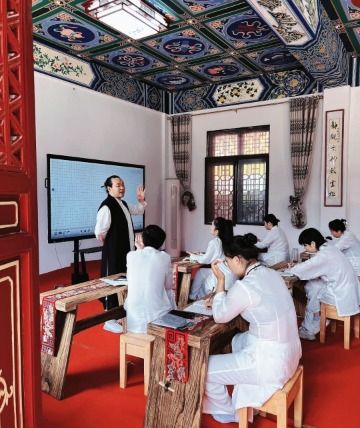
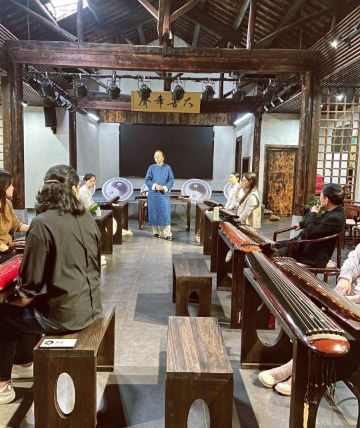
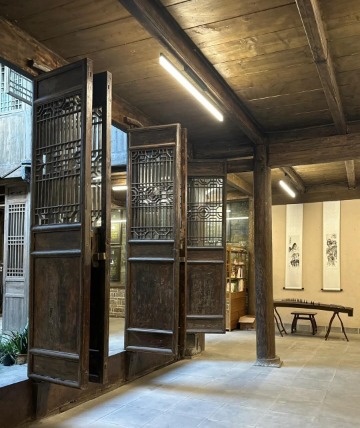
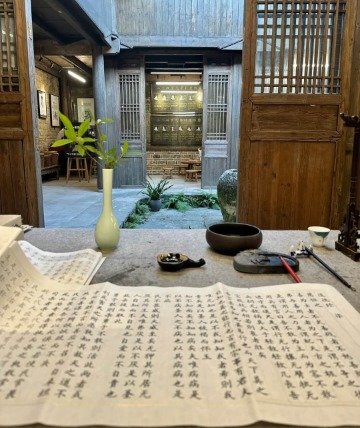
Taoist Retreat (清修)
On Hubei Wudang Mountain, a Taoist retreat involves early morning martial arts practice, copying scriptures, listening to guqin music, and more. Each day begins with a 7:30 AM wake-up for training, followed by various classes in the morning and afternoon. In the evening, participants engage in meditation and scripture writing.
The program includes special practices like Wudang Tai Chi, Ba Duan Jin (Eight Brocade), and light fasting. These activities are designed to help relax the mind and body.
Those who take part in the retreat often report significant improvements in sleep quality due to the structured routine and daily practice. Many common “urban ailments,” such as insomnia and anxiety, are alleviated. After practicing Ba Duan Jin and Tai Chi, participants frequently feel energized, with a clear and refreshed mind. The retreat lifestyle is simple and peaceful, offering an escape from the hustle and bustle of city life, bringing a deep sense of inner tranquility and openness.
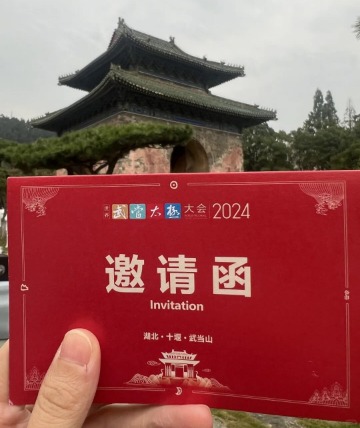
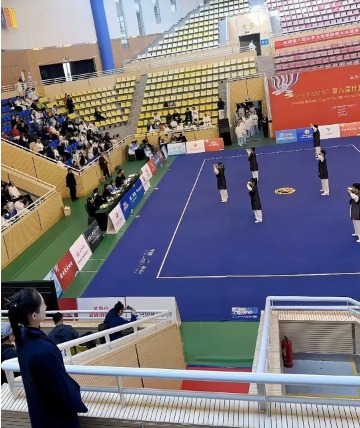
Tai Chi Conference (太极大会)
The 2024 Tai Chi Conference on Wudang Mountains attracted over 1,400 athletes from 45 countries and regions, along with more than 500 representatives from martial arts associations.
Why was it held on Hubei Wudang Mountain? Because Wudang is known as the “birthplace of Tai Chi,” with the saying “All Tai Chi comes from Wudang.” Zhang Sanfeng, the founder of Wudang Tai Chi, is revered as the grandmaster who established the internal style of Tai Chi.
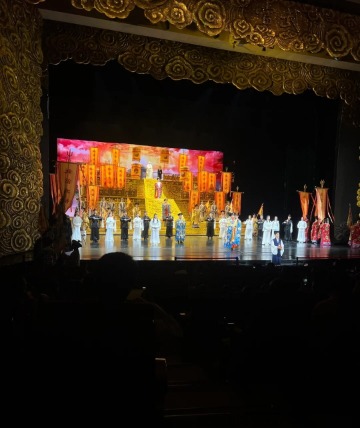
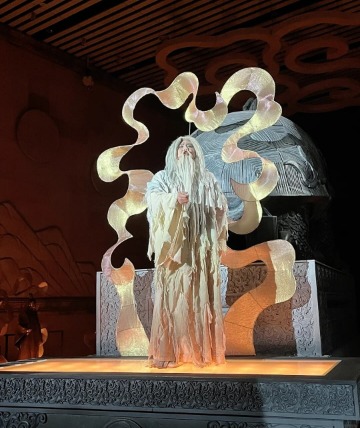
"Tai Chi Legend" Performance (“太极传奇”表演)
“Tai Chi Legend” tells the story of Zhang Sanfeng’s creation of Tai Chi on Wudang Mountains, as well as its subsequent transmission and development. The performance takes place at the Tai Chi Theater on Wudang Mountain in Hubei.
After the show, audiences can join the martial artists on stage to learn some Tai Chi moves, experiencing the unique charm of Wudang Kung Fu firsthand.
Ways to Explore China Wudang Mountain
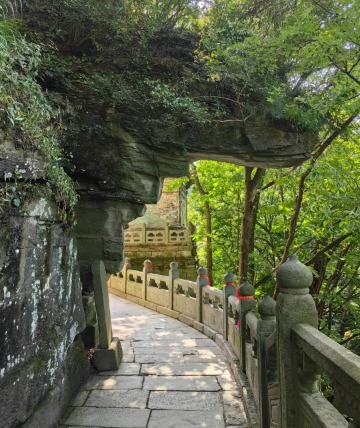
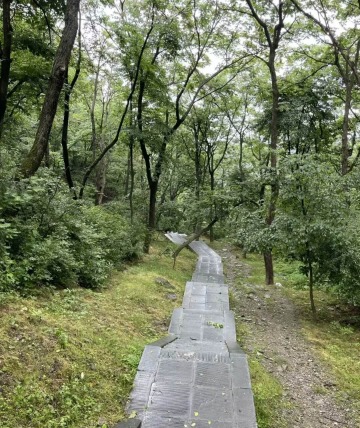
Hiking (徒步华山)
Mount Wudang offers a variety of hiking routes. A popular one starts at Zixiao Palace, passing through Nanyan Palace, Seven Star Tree, Huanglong Cave, and Chaotian Palace, before reaching the Golden Summit. This trek takes about 6-7 hours in total, with 3-4 hours to ascend and 2-3 hours to descend.
If you start from the Visitor Center, the route takes you through Taipo, Zixiao Palace, and Nanyan Palace, ending at the Golden Summit. The hike up takes around 5-6 hours.
Hiking Mount Wudang can be challenging. The trails are rugged, and some sections are quite steep, especially on Ming Shen Dao. While it’s suitable for ascending, it’s not ideal for descending due to the steepness.

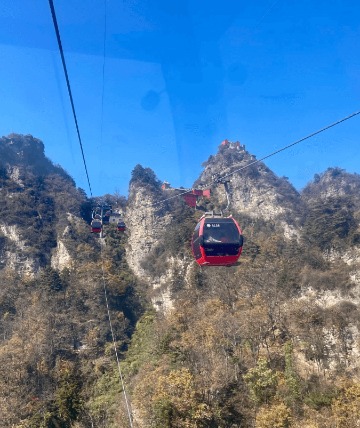
Cable Car (华山索道)
The Wudang Mountain Cable Car runs between Qiong Tai and Golden Summit. Riding the cable car, you’ll glide through lush forests and enjoy stunning mountain views. The round-trip fare is 150 CNY (about 21 USD), and a one-way ticket costs 80 CNY (about 11 USD).
Accommodation on Wudang Mountain
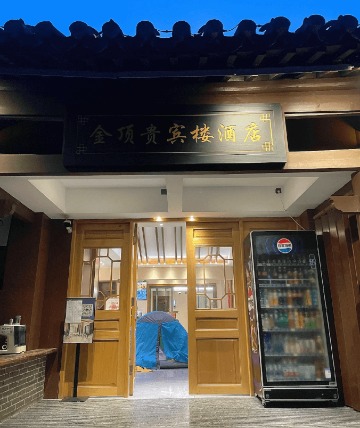
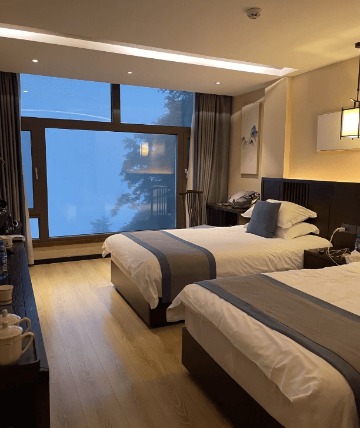
You can stay at the Golden Summit VIP Building on top of the mountain, where you’ll enjoy stunning sunrises and breakfast included. Prices are around 1,000 CNY (about 140 USD). If you’re looking for something more budget-friendly, you can opt for a tent stay at 430 CNY (about 60 USD), where you can enjoy the starry sky, sunset, and sunrise.
Wudang Mountain Taoist Tea
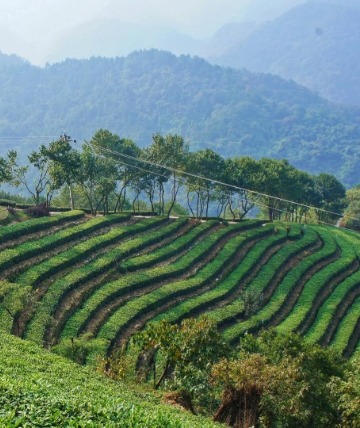
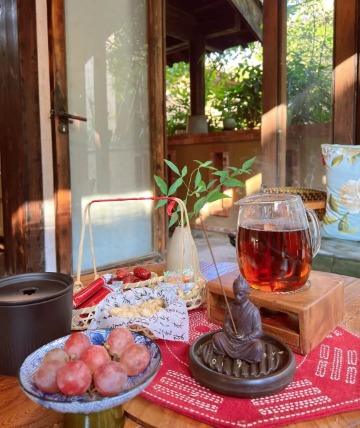
Wudang Mountain has a mild climate and plenty of rainfall, making it the perfect place for tea trees to thrive. You can visit the tea gardens, learn about the growing conditions and harvesting process, and even join a tea-making experience where you’ll craft your own Wudang Taoist tea. It’s a chance to dive into the unique tea-making techniques and cultural traditions.
Here on China Wudang Mountain, tea isn’t just a drink; it’s a symbol of spirit and belief. Taoism emphasizes “the way of nature,” and tea trees, growing in harmony with the natural world, embody this philosophy by drawing energy from the earth and sky.
Wudang Kung Fu
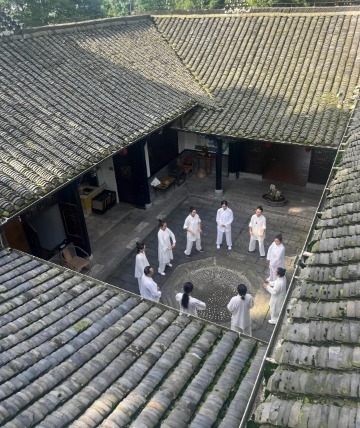
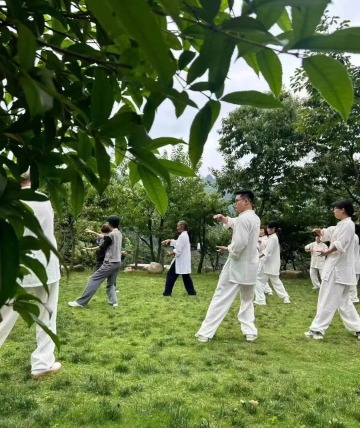
On Wudang Mountain China, you can take part in a variety of Chinese martial arts activities, including Qigong, Wudang Tai Chi, Xingyi, Bagua, and meditation classes. Every morning, students gather in the courtyard to practice Qigong, and after breakfast, they work on basic skills and their chosen martial arts. In the afternoon, there are meditation classes and more Wudang Kung Fu lessons.
Not only will you have expert instructors guiding you, but Wudang Mountain China also attracts many international students who come here to study long-term.
Surrounding Attractions of Hubei Wudang Mountain
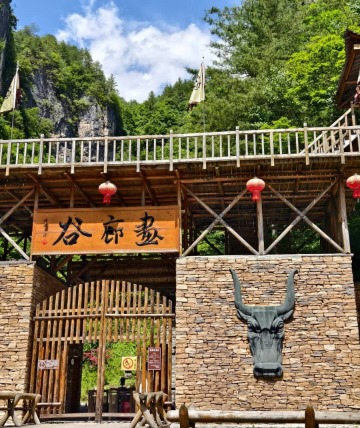
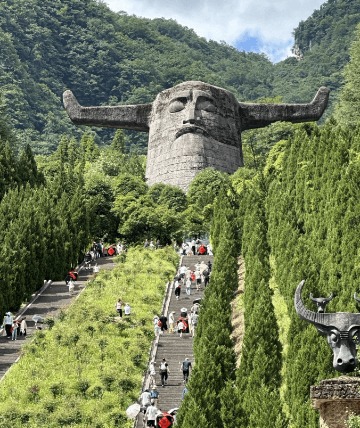
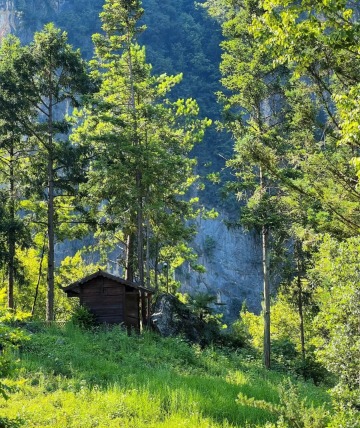
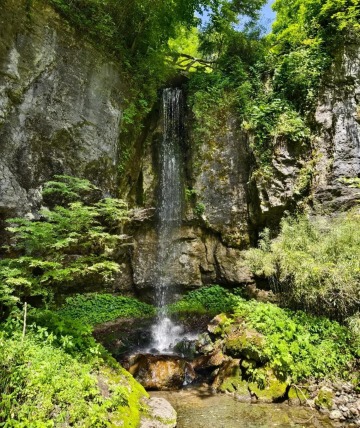
Shennongjia (神农架)
Shennongjia is about 200 kilometers from Wudang Mountain China. Known for its primeval forests, alpine meadows, unique caves, and waterfalls, Shennongjia is a perfect spot for nature lovers. Its rich biodiversity makes it an ideal destination for eco-tourism.
FAQs About Wudang Mountain China
1. Where is Wudang Mountain?
Wudang Mountain is located in central China, in Shiyan City, Hubei Province. It’s a famous Taoist sacred site and the birthplace of Wudang Kung Fu.
2. Who is the founder of Wudang?
The founder of the Wudang school is Zhang Sanfeng. According to legend, he observed a sparrow and a snake fighting while meditating in a cave. From this, he developed the principles of martial arts and later created Wudang Tai Chi.
3. Is Wudang Taoist?
Yes, Wudang is an important Taoist sect. During the Ming Dynasty, Emperor Zhu Di strongly supported Taoism, building numerous Taoist temples on Hubei Wudang Mountain, turning it into one of the major centers for Taoist practices in China.
How to Get to Wudang Mountain
By Plane: Once you arrive at Shiyan Wudang Mountain Airport, you can take the airport shuttle bus or a taxi to the Wudang Mountain Scenic Area. The airport is about 25 kilometers away from the mountain.
By High-Speed Train: If you take the high-speed train to Wudang Mountain West Station, you can easily grab a taxi to the scenic area, which is about a 20-minute drive away.
Hours & Fees
Hours
Daily from 7:30 AM to 5:30 PM, open year-round.
Best Time to Visit
The best times to visit are in spring and autumn, specifically from March to May and September to November. A highlight is the temple fair during the 3rd day of the 3rd month of the Chinese lunar calendar, which is a fantastic opportunity to experience the cultural atmosphere of Wudang.
Fees
264 CNY per person (about 37 USD).
Practical Tips
The hike up Mt Wudang can be quite long, and the later sections are steep. If you have the time, I recommend spreading it over two days and staying in a hotel within the scenic area. It’ll be less tiring, less rushed, and you’ll have time to enjoy the views.
The mountain roads are steep and winding, which can easily cause motion sickness, so make sure to bring some motion sickness medicine. If you start feeling uncomfortable, get off the bus at spots like Mo Zhenjing, Xiaoyao Valley, or Baxian Temple to take a break and catch the next ride.

